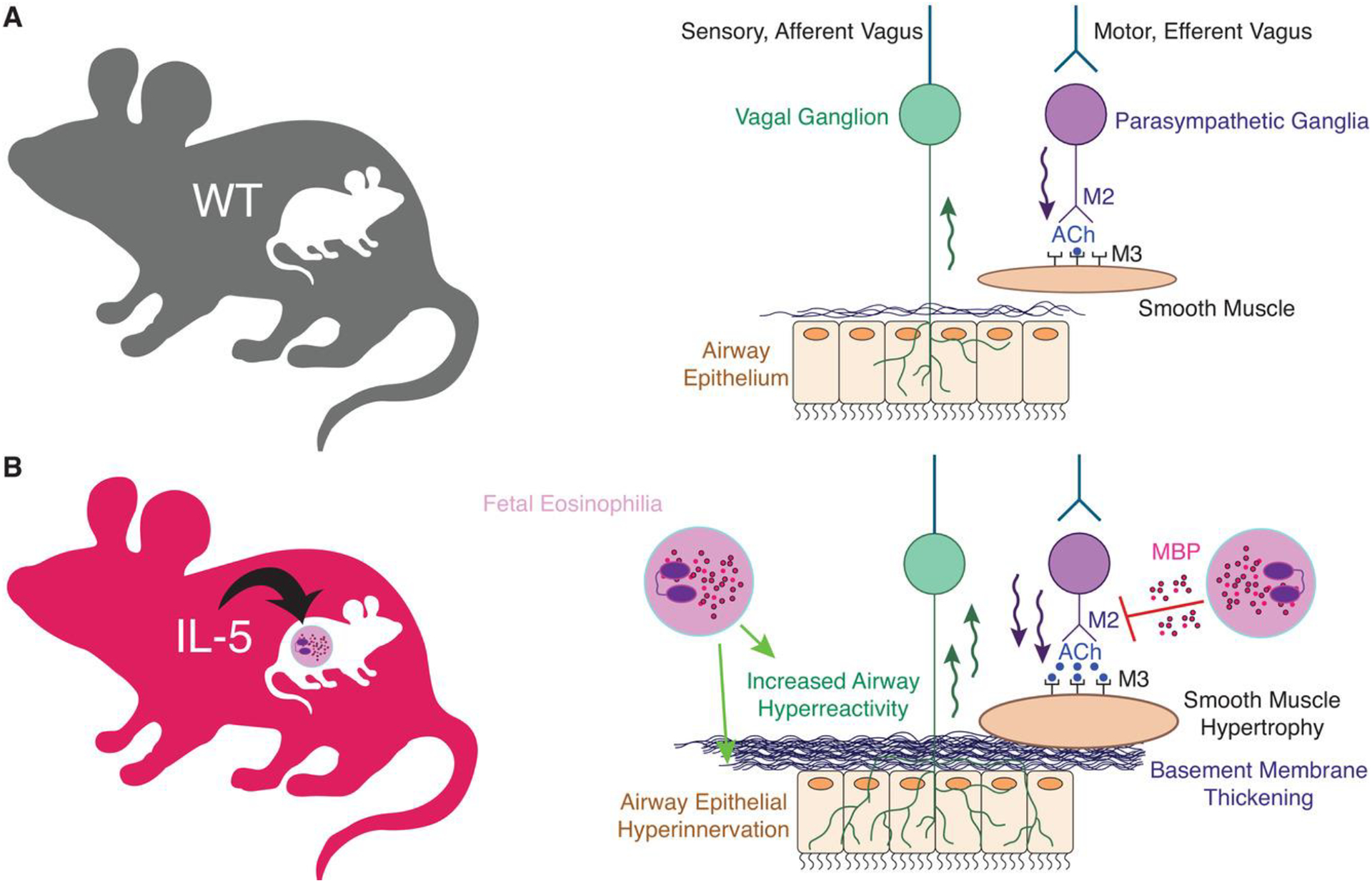FIGURE 1. Mechanisms of increased childhood asthma risk in offspring born to mothers with asthma.

(A) Under homeostatic conditions, afferent sensory nerves detect external stimuli and activate efferent parasympathetic nerves through a central nerve-reflex pathway. Parasympathetic nerves release acetylcholine (ACh) onto airway smooth muscle M3-muscarinic receptors (M3) to induce airway contraction. M2-muscarinic receptors (M2) located on presynaptic postganglionic nerves inhibit further acetylcholine release. (B) Maternal asthma increases airway hyperreactivity and bronchoconstriction in offspring by inducing airway sensory hyperinnervation, basement membrane thickening, and smooth muscle hypertrophy. In mice, developmental reprogramming is mediated by maternal IL-5 and fetal eosinophils. Eosinophils also increase bronchoconstriction by releasing cationic proteins that inhibit M2-muscarinic receptor function and potentiate acetylcholine release
